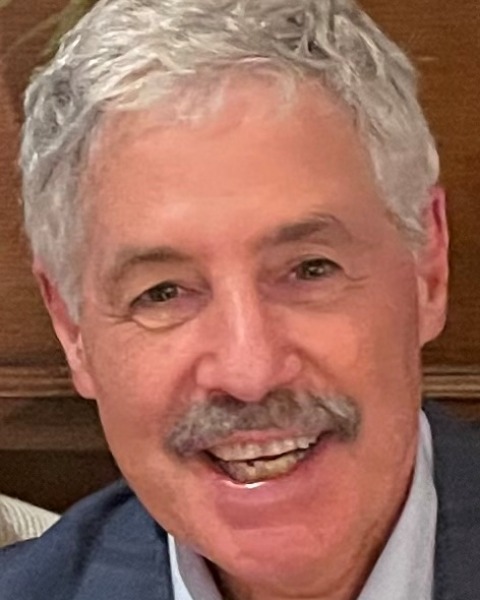SIR 2025
Dialysis Interventions
Venous Interventions
Scientific Session
Featured Abstract
Restenosis in the Cephalic Vein Arch Following PTA or Covered Stent Placement - A Retrospective Image Analysis from the AVeNEW Trial

Guilherme Strieder de Oliveira, MD
Radiology Resident
Hospital de Clínicas de Porto Alegre, Brazil
Bart Dolmatch, MD
Attending
PAMF and El Camino Hospital, United States
Presenting Author(s)
Author/Co-author(s)
Materials and Methods:
The recently published AVeNEW study randomized 280 patients with arteriovenous fistula dysfunction due to angiographic stenosis >50%, to either PTA or CS. 148 patients had cephalic vein arch stenosis as the target lesion. We reviewed all fistulograms at the index procedure and during subsequent clinically driven interventions, and clinical outcomes over 24-months, assessing the sites of initial stenosis and restenosis. We defined the initial location of cephalic arch stenosis as proximal (adjacent to the arch), arch, or terminus.
Results:
148 patients with cephalic arch stenosis had been randomized to CS (78), or PTA (70). Four PTA patients were censored: 2 PTA failures and 2 ruptures during the index procedure. 180-day TLPP was 75.4% CS group and 39.5% PTA (p< 0.001). 1-year TLPP was 49.8% CS and 13.2% PTA (p< 0.001), while 2-year TLPP was 28.9% CS and 5.6% PTA (p< 0.001). Cephalic lesion locations at index angiography for CS/PTA were 3/15 in the proximal, 36/48 in the arch, and 47/38 in the terminus. Some patients had more than one cephalic arch stenosis at the index procedure. Analysis of initial and restenotic lesions was performed and quantified with heat map plots. Terminus stenoses had a high recurrence rate after PTA. Arch stenoses treated with PTA often recurred, but some developed new terminus and proximal stenoses. Recurrent stenosis in the CS group was predominately edge stenosis (74.4%). There was a numerical trend toward better patency with larger diameter and longer length covered stents.
Conclusion:
This is the largest and most in-depth analysis of PTA and covered stents for treating stenosis in cephalic vein arch. Covered stents provide superior TLPP compared to PTA with 2-year follow up in the cephalic vein arch. Angiographic patterns of restenosis were different for the PTA and CS groups.


.jpg)